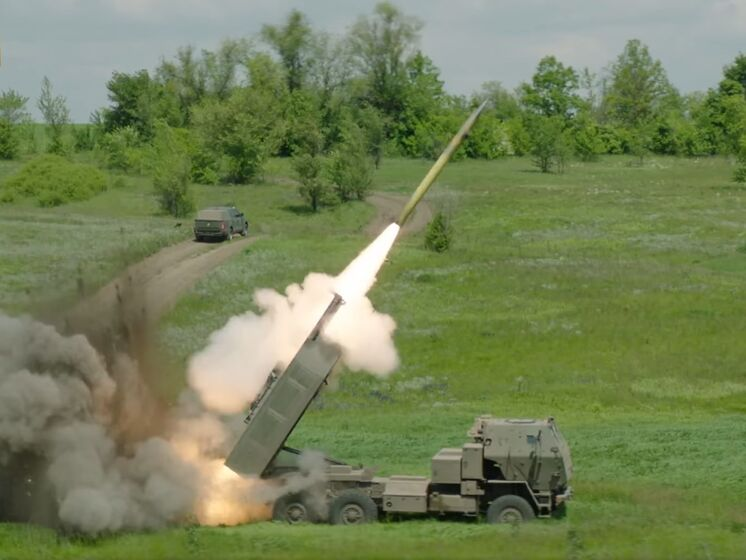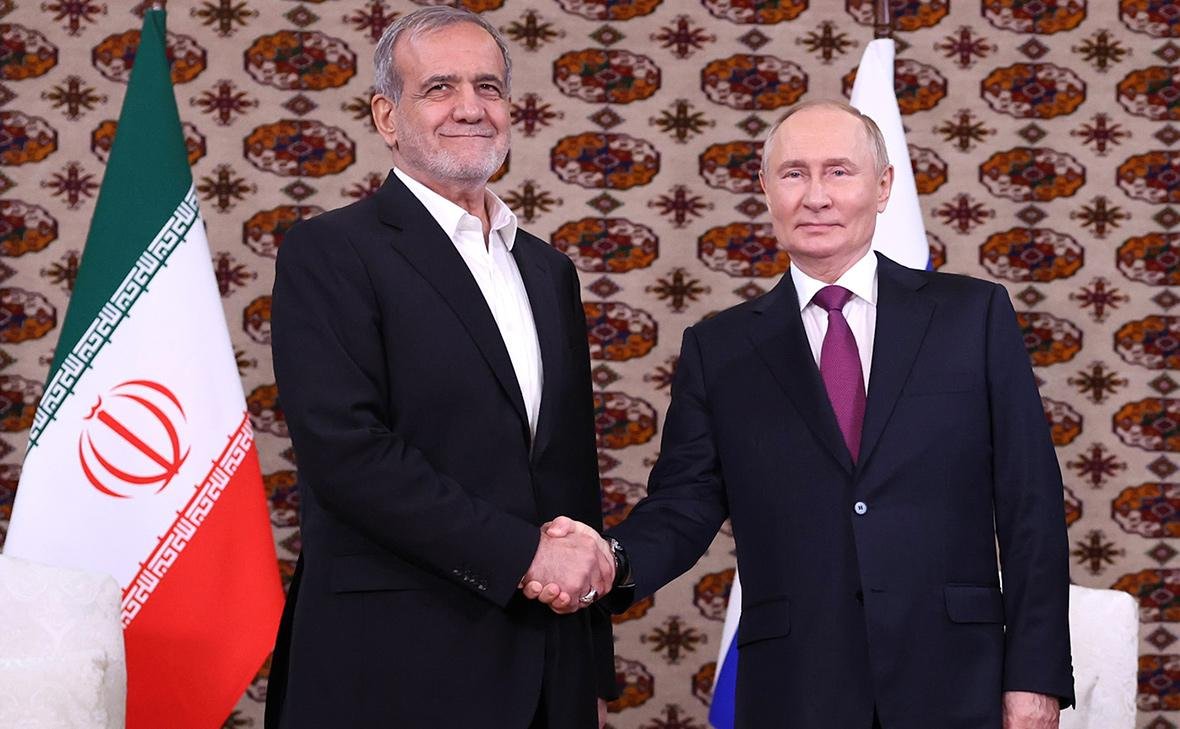The appointment of Robert Brovdi, known by his call sign "Madyar," as head of the Unmanned Systems Forces of Ukraine has already yielded noticeable results, according to Russian military bloggers. They report that Ukrainian drone strikes are now primarily aimed at eliminating
1/12
1/12

Russian UAV operators. Madyar has openly declared his goal of building a "drone wall" along the entire front line and destroying up to 35,000 Russian soldiers per month—the estimated number that the Russian army can mobilize on a monthly basis. He advocates for establishing
2/12
2/12

dedicated UAV units for each section of the front line, with operators who are intimately familiar with their own sector, rather than deploying UAV teams as a mobile reserve shuffled between hotspots. His concept is to create a continuous "kill zone" across the whole
3/12
3/12

frontline where defense relies not on bunkers, manpower, and fortifications, but on the work of FPV drones. The first step to making such a strategy effective, according to him, is the elimination of enemy UAV assets—removing Russian reconnaissance and strike capabilities
4/12
4/12

and directly targeting enemy drone pilots. Russian sources claim that Madyar has now been granted expanded authority and access to a wide range of weaponry, including the ability to direct HIMARS missile strikes, which he is reportedly already employing. They also note a
5/12
5/12

decline in attacks on Russian logistics and rear areas, as Ukrainian drone efforts increasingly focus on targeting UAV operator teams. Madyar's unique combat experience highlights the key difference between the Russian and Ukrainian militaries. Despite all the institutional
6/12
6/12

challenges and remnants of Soviet military culture, Ukraine’s army is evolving—and figures like Robert Brovdi are proof of this transformation. Having started in the Territorial Defense Forces, he led an assault platoon and in May-June 2022 created his own aerial
7/12
7/12

reconnaissance unit called "Madyar's Birds," which became the first in the Ukrainian military to specialize in both reconnaissance and strike UAV operations. Thanks to its effectiveness, he was promoted to the rank of major and is now the Commander of Ukraine’s Unmanned
8/12
8/12

Systems Forces. This kind of rapid and merit-based career advancement would be unimaginable in the Russian military. Russian observers recognize him as a highly capable and dangerous commander who fully understands the potential and limits of drone warfare—and they are
9/12
9/12

right to do so. Madyar’s focus on targeting Russian manpower rather than hardware also indicates how depleted Russian technical resources have become. Ukrainian reports from the Sumy direction, where Russia has recently intensified attacks, mention almost no significant
10/12
10/12

enemy equipment losses—only a few destroyed transport vehicles. If Madyar succeeds in reaching his ambitious target of 35,000 Russian soldiers killed or wounded per month, it could deprive Russia of its last major advantage: sheer numerical superiority in manpower.
11/12
11/12

Without this, Russia's ability to sustain offensive operations may collapse, as its capacity for large-scale mechanized assaults has already been severely reduced.
12/12
12/12

• • •
Missing some Tweet in this thread? You can try to
force a refresh






















